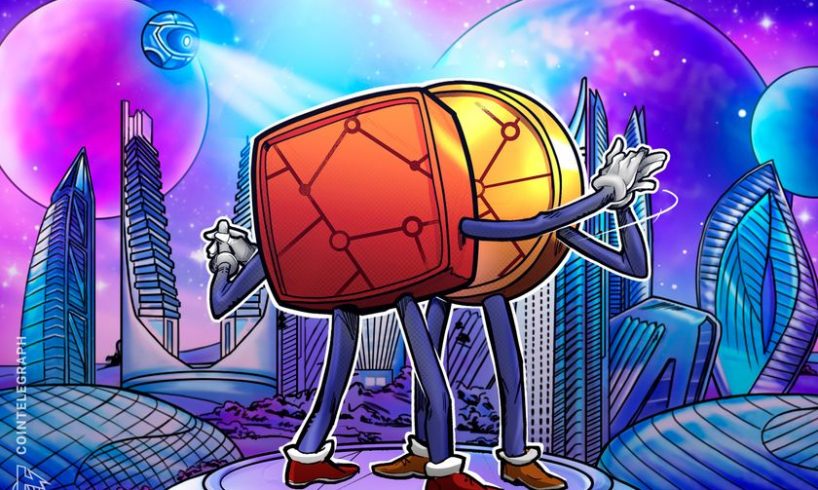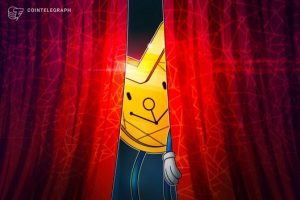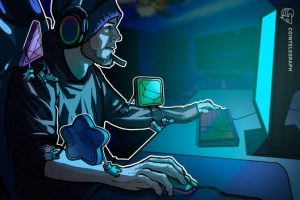
Opinion by: Yat Siu, co-founder and executive chairman, Animoca Brands
In 2023, I gave a talk on the TED mainstage about the opportunity of Web3, the true meaning of the open metaverse and why digital property rights are fundamentally important.
Not long after that, Web3 and crypto began to suffer serious setbacks, putting my talk in a somewhat awkward position. As we enter 2025, I’d like to review how some of the open metaverse metrics I discussed back then have evolved since I gave that talk.
The year 2023 was a tumultuous one for Web3, with unprecedented confusion, uncertainty and the removal of significant names such as TerraUSD, Luna and FTX, which had, up to that point, been regarded as deities in the industry. It was times of troubles. Much of 2024 was similarly concerning: Lingering uncertainty affected the Web3 market economically and politically as late as the past summer.
Fortunately, the situation has improved substantially; after weathering a recession, difficult macroeconomic conditions, a crypto winter, major scandals and collapses and significant political certainty around its future, the Web3 industry emerged not only more substantial and more focused but also able for the first time, to attract significant institutional support for digital assets from the likes of BlackRock, VanEck and others.
What is the open metaverse?
As I explained in my TED talk, at Animoca Brands, we do not subscribe to traditional ideas of the metaverse, such as an immersive 3D virtual reality construct with sensory stimulation. Not because these technologies aren’t interesting (they are!) but because we don’t believe that the access interfaces to the metaverse should be confused with the metaverse itself.
We define the open metaverse as the collected decentralized experiences that grant their participants and holders property rights that are generally unavailable in previous versions of the internet. The innovation that underlies the open metaverse is digital ownership. Digital ownership is made possible by Web3 and…
..






